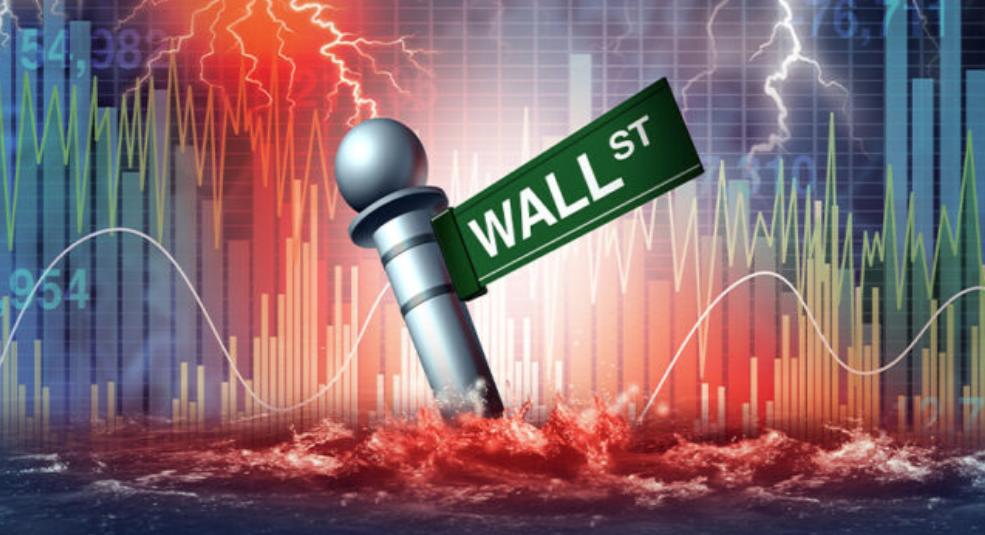
Financial analyst James Rickards has recently sounded the alarm, suggesting that the global economy is teetering on the brink of what could be a historic crash. With his extensive background in finance and intelligence, Rickards’ warnings carry significant weight, especially given the current economic indicators and geopolitical tensions. He points to a confluence of factors including overvalued markets, rising debt levels, and potential policy missteps that could precipitate this downturn. Specifically, Rickards implies several potential triggers for this anticipated crash.
According to Rickards, stock markets around the world are showing signs of being overinflated, with price-to-earnings ratios in many sectors far exceeding historical norms. For instance, the S&P 500’s P/E ratio has hovered around levels not seen since before the dot-com bubble burst, suggesting a potential correction might be overdue. This overvaluation is compounded by the global debt, which the Institute of International Finance reports has reached an all-time high of $305 trillion in 2023, creating a fragile financial environment ripe for a crash.
Rickards also highlights the impact of central bank policies, particularly the reversal from quantitative easing to tightening measures. The Federal Reserve’s decision to raise interest rates multiple times in recent years has begun to strain sectors sensitive to borrowing costs, like real estate and technology. With the Fed Funds rate at its highest in over a decade, the cost of debt is squeezing corporate profits and consumer spending, potentially leading to a slowdown.
Geopolitical risks add another layer of uncertainty. Trade wars, sanctions, and military conflicts can disrupt global supply chains, as seen with recent tensions affecting semiconductor supplies. These disruptions not only impact production but also inflate costs, contributing to stagflation fears similar to those experienced in the 1970s, a period Rickards often references as a cautionary tale.
Moreover, Rickards warns of the potential for a sudden shift in investor sentiment, where the realization of these risks could lead to a rapid sell-off. Historical precedents like the 2008 financial crisis, where fear and panic led to a market crash, serve as reminders of how quickly confidence can erode. In 2008, the Dow Jones Industrial Average plummeted by over 50% from its peak, a scenario Rickards fears could repeat given the current economic setup.
To prepare for this anticipated crash, Rickards advises investors to diversify into assets that historically perform well during downturns, such as gold, which he sees as a safe haven. Gold prices have shown resilience, with a notable increase in demand during times of economic uncertainty, rising by 6% in the last year alone according to the World Gold Council.
Given these insights, Rickards’ analysis suggests that while the timing of a crash is uncertain, the conditions are ripe for one due to overvalued markets, escalating debt, central bank policy shifts, geopolitical tensions, and a potential shift in investor sentiment. His advice is to remain vigilant, adjust investment strategies towards more conservative assets, and be ready for a market environment that could change dramatically in the near future.
Sources:
https://dailyreckoning.com/positioned-for-a-historic-crash/
349 views